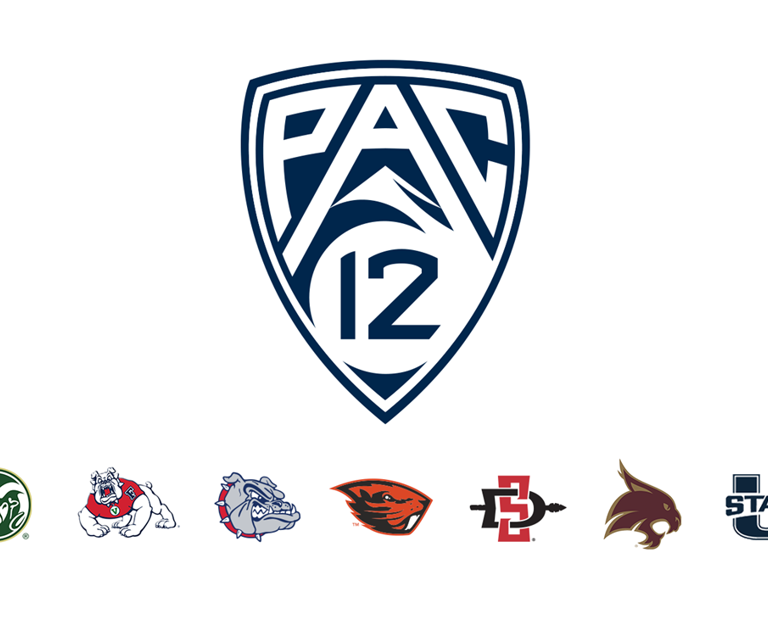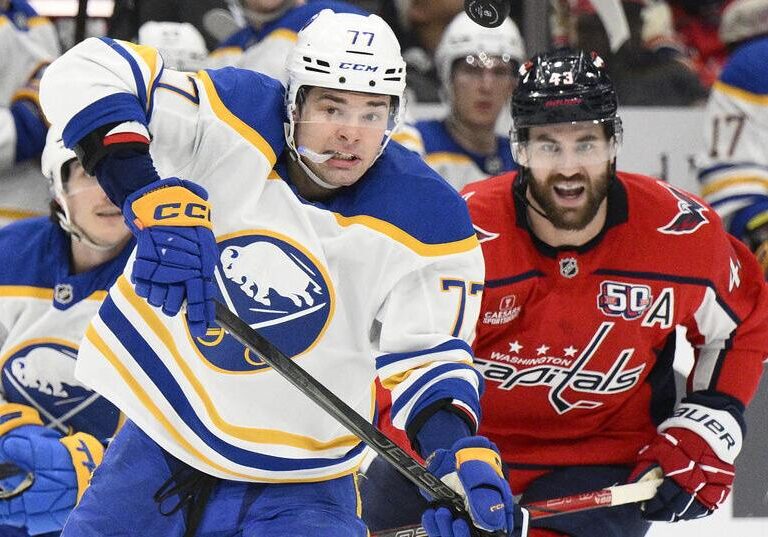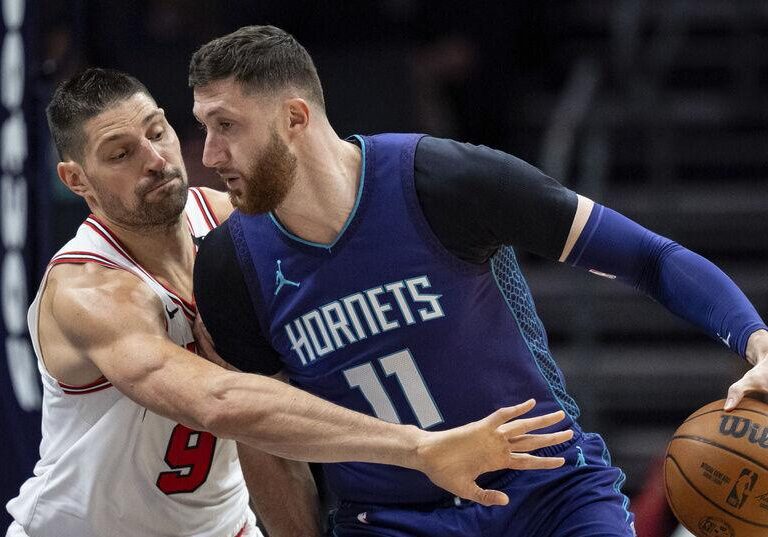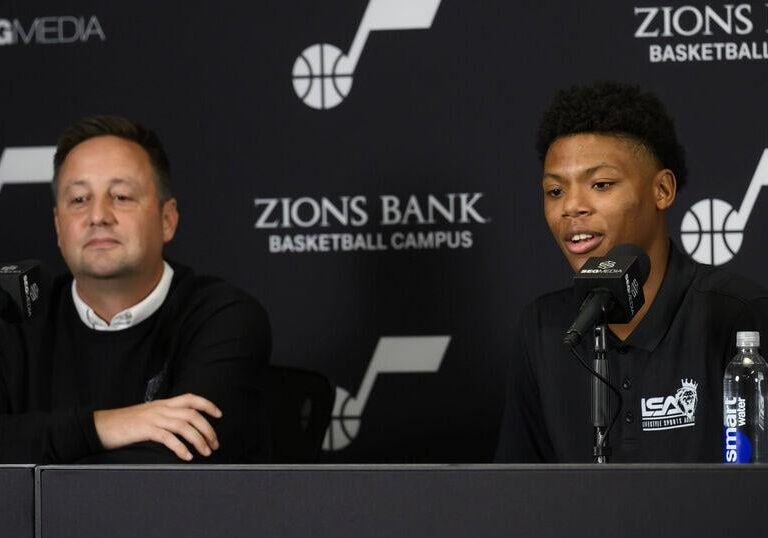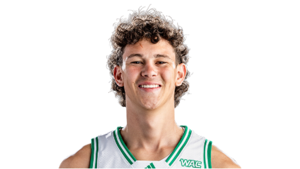
The Aggies have added a second guard out of the transfer portal, greatly bolstering their backcourt with the veteran 6-foot-4 point guard Drake Allen.
The name Drake Allen is likely to be at least vaguely familiar to Aggie fans, if not well-known. He’s been all around the state of Utah spanning his high school days and later between time at both the junior college and Division I levels. There was even some interest between Allen and the Aggies when the former was in the transfer portal last spring.
Allen had to take the long way to playing D1 ball, his time at Westlake High School down in Saratoga Springs didn’t catch the eyes of higher level college coaches but what he did in his next stop, Snow College, certainly did so.
Over two seasons with the Badgers, Allen developed into an assist machine, averaging 2.7 dimes per game in just 16.5 minutes per game as a freshman and then 6.0 a night throughout his sophomore season. He paired that passing with a two-year scoring average of 10.5 points on 55.6 percent shooting.
This style of play, that of a medium-level scorer and high-volume passer, translated well for Allen when he made the move up to D1. He began at Southern Utah, averaging 11.0 points, 3.7 rebounds for an upstart Thunderbirds team that won a surprising upset over Utah Valley in the WAC conference tournament and then won a pair of games in the CBI.
Allen opted to transfer once again at the end of that year, but not only did he stay inside the WAC, but he didn’t even leave the Beehive State, transferring to the same UVU program he’d essentially knocked out of the NCAA Tournament earlier that year. In one year with the Wolverines, Allen upped his averages to 11.9 points and 4.3 assists per game.
Total his two Division I seasons and the combined averages are 11.4 points, 4.0 assists, 3.4 rebounds, 1.5 steals and 2.3 turnovers per game.
Utah State isn’t exactly lacking guard talent with a presumed starting backcourt trio of Deyton Albury, Mason Falslev and Ian Martinez. But there’s a skill Allen will provide for the Aggies that the three more athletic guards aren’t as capable of bringing: passing. It’s not like Falslev, Albury or Martinez are poor passers. The thing that separates Allen from all four of those players is, well, a pass like this.
You’d be hard-pressed to say anyone on the Utah State roster was capable of a pass like this before Allen committed to the team. This is the kind of passing accuracy and vision the Aggies weren’t quite going to get from its other guards who mostly specialize as slashers that have enough court vision to make simple reads to open players.
Allen’s passing ability opens up offense for bigs and makes an offense more diverse and difficult to defend. What’s especially relevant is that at both Southern Utah and Utah Valley, he worked with great rim-running bigs — Jason Spurgin at SUU and then Trevin Dorius at UVU. Both of these players set new career highs in points per game when playing with Allen. This is worth paying attention to because the Aggies recently added their own rim-running big in the form of Aubin Gateretse. At his previous stop, Gateretse benefitted from having a very good passing point guard to get the ball into his hands in the paint and he translated that into a breakout scoring season. He left that situation to come to USU, but now with Allen as a teammate, Gateretse won’t be without a high-level passer. The pairing of Allen and Gateretse is one fans should expect to see quite a bit on the floor, regardless of starting lineups or whoever else is on the court in any given lineup (though one could also easily imagine Isaac Johnson also pairing well with Allen in pick-and-pop scenarios).
Allen’s passing in ball screen offense is good enough to give his bigs plenty of time in the sun, but an important part of these actions is for the ball-handler to also be an adept scorer if the defense leaves that door open. But this is where we get into something of a weakness for Allen.
Everything about Allen’s passing and ball-handling ability is about as good as you want it to be. He’s able to navigate the court, read the defense, make the correct decision and get to any spot where the best looks can be found, whether it be a shot or a pass. The issue is that when it comes to his own shot, Allen has struggled a lot and it will limit his ceiling with the Aggies. There’s a whole tangent that one could dive into about Allen’s off-the-dribble jump shot game (which was originally part of this breakdown), which can often be part of the craft of pick-and-roll guards. But the long and short of that story is that:
A) He’s struggled a lot to pretty much all of those kind of shots since he’s been at the D1 level
B) He’s probably not going to have the same green light to attempt these shots at a high volume with USU so it’s probably not worth harping on that a ton.
On pick-and-roll looks, Allen is likely going to be limited to passing to the big, taking it all the way to the rim (where he’s shot a decent 57 percent at the D1 level) or passing it back out to the perimeter. It’s not going to make him a superstar in this aspect of the game, but he’s going to be a threat to opposing defenses.
For all the talk of pick-and-roll and passing with Allen, the real money question in his game is how well he’ll manage as a shooter. Fans taking their first look at his stats will see the 23.2 percent in the 3-point percentage column for last year and be justifiably concerned. So let’s dive into the history.
Allen hasn’t really ever been a high-level shooter in his career. At Snow College he shot 29.1 percent from deep in his two seasons combined and made only 23.2 percent last year as mentioned. And across his entire collegiate career he’s been a 64 percent free throw shooter, which conventional wisdom suggests isn’t a great sign about shooting potential.
There’s one exception to Allen’s 3-point shooting: his 35.5 percent mark at SUU in the 2022-23 season. He didn’t take a super high volume of threes, but a 76-attempt sample size is nothing to sneeze at. It’s also enough to provide hope that Allen could re-light that shooting spark.
What’s somewhat interesting about Allen’s spike and later fall in 3-point shooting is it’s almost entirely encapsulated in one specific type of 3-point attempt, mainly off-the-dribble ones, i.e. this kind of shot.
It’s an incredibly deadly type of shot as it punishes defenders for going under screens on high pick-and-roll. Defenders always prefer going under these screens since it makes guarding the ball-handler way easier and allows them to avoid switches. But if the ball-handler can hit this three, defenders have to go over the screen and that presents its own long list of issues, as it allows the ball-handler a runway to either score or dump off to the roll man, or it forces a big to hedge the screen and that often leads to switches and mismatches that favor the offense. This kind of situation was touched on in the Gateretse breakdown, more specifically what can happen when a switch occurs.
Getting back to breaking down Allen’s ability to hit this very specific kind of shot, at SUU he made 39.5 percent (17 of 43) of these shots. On all others, he made 31.3 percent (10 for 32). Last year with UVU, Allen made 14.9 percent on the off-the-bounce three attempts and 27.3 percent of all others.
The fact that the difference in off-the-bounce three is massive while all other attempts (typically the generally easier catch-and-shoot attempts) are relatively the same is almost baffling. For one, it’s rare to see anyone shoot better from distance when doing so off the dribble. It’s a more difficult shot as it’s harder to keep the same rhythm and form combined with the fact they’re usually more closely contested. More importantly, though, is the underlying fact that his catch-and-shoot percentage has remained relatively low.
The reason for the focus on the more normal catch-and-shoot type of shot is that you tend to see good shooters posting good percentages on their catch-and-shoot attempts, even if they have a sub-par overall 3-point percentage (usually dragged down by the more difficult off-the-dribble or closely contested attempts). The catch-and-shoot is the easiest type of three and if you’re hitting those well then there’s clearly a solid foundation. Allen has simply not shown that as his collegiate percentage on catch-and-shoot is well below 30 percent.
All of those numbers and trends mainly lead to one unfortunate conclusion: Allen probably isn’t going to be a solid 3-point shooter this upcoming season.
Probably the biggest question about Allen is what role he plays with the Aggies given they already had a very solid four-guard rotation prior to his commitment. Does he start? Maybe. One would have to assume that Falslev and Martinez start next year so that leaves Allen to battle with Albury for the right to be the Aggies starting point guard. But regardless of who ends up starting, what’s important is that Allen will be playing volume minutes, often paired with Falslev, Martinez, Uduje and even Albury. So how will he work with all those players in what will inevitably be guard-heavy lineups?
Despite being a point guard in terms of style, Allen isn’t limited to playing as only the guy who brings the ball up the court, runs a high pick-and-roll and goes from there. He’s a very active off-ball player who routinely made cuts into space, often making long, sweeping cuts across the court into dribble hand-offs or short swing passes. A very common use for Allen at UVU, something that should continue with Utah State, was an off-ball screen with a big where Allen would then receive a pass and proceed to work the two-man game with the big who just screened for him. Here’s what that typically looked like.
This is what will make Allen a great fit because he’s easily able to be a plug-and-play with any combination of players. He fits as a point guard, shooting guard, or even the small forward role in a three-guard lineup. Allen’s size at 6-foot-4 combined with his skillset makes him the most versatile guard on Utah State’s roster. There’s also not any worry of redundancy or whether he has to play an on or off-ball role. In one lineup he may be the primary ball-handler running pick-and-roll and the next he’s running all around the court, catching the ball around an off-ball screen and then getting into the attack either as a spot-up shooter, attacking a close-out, or even setting up his teammates after the catch.
Allen will probably be coming off the bench, though that shouldn’t be considered a guarantee at this stage. If you’ve got a guy like Allen as a sixth or seventh man, that’s a massive boon for a team as it’s hard to find veteran guards willing to play that role. The Aggies will boast arguably the deepest guard line in the conference thanks to this addition.


